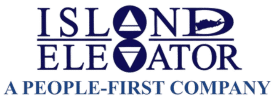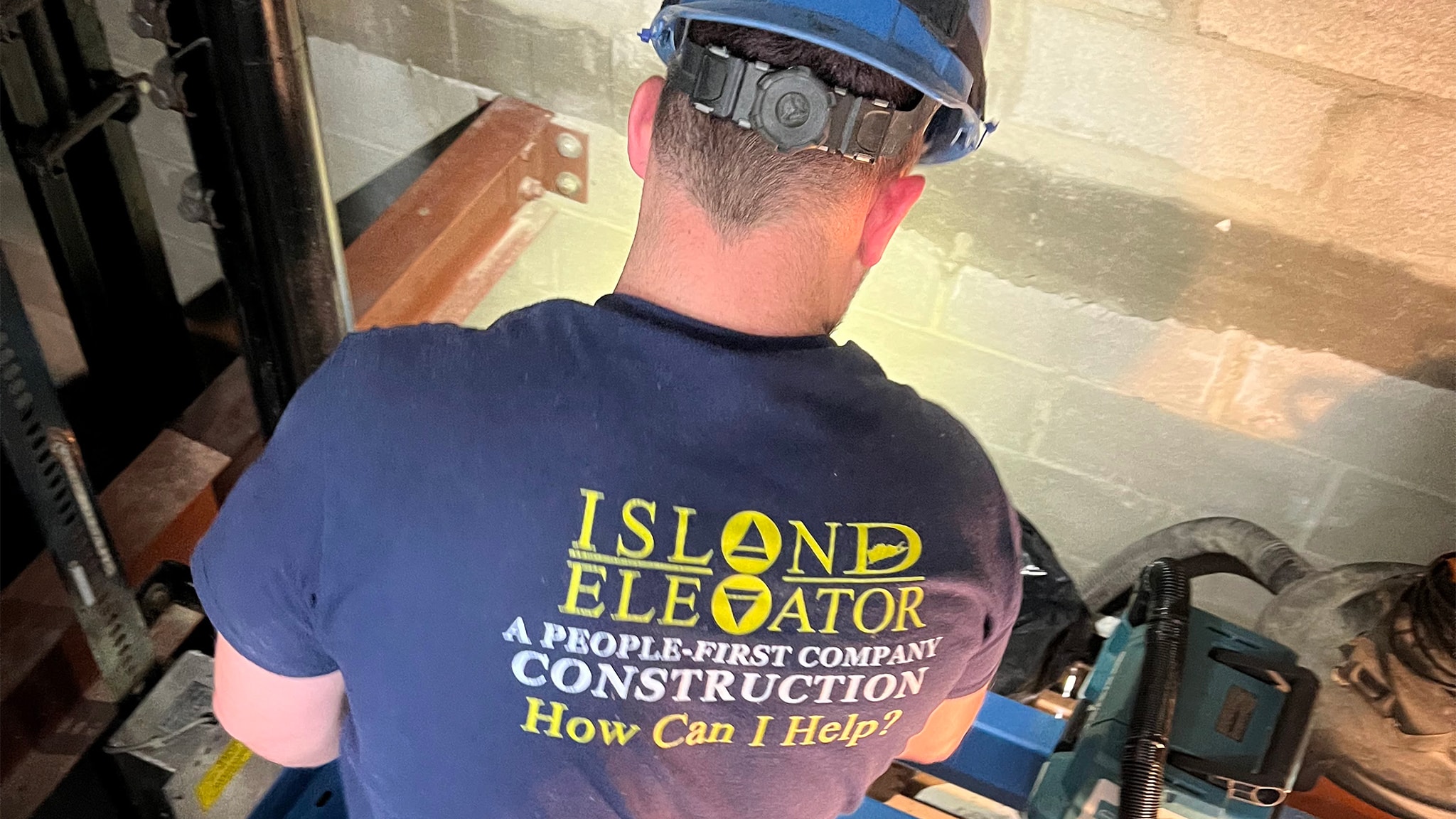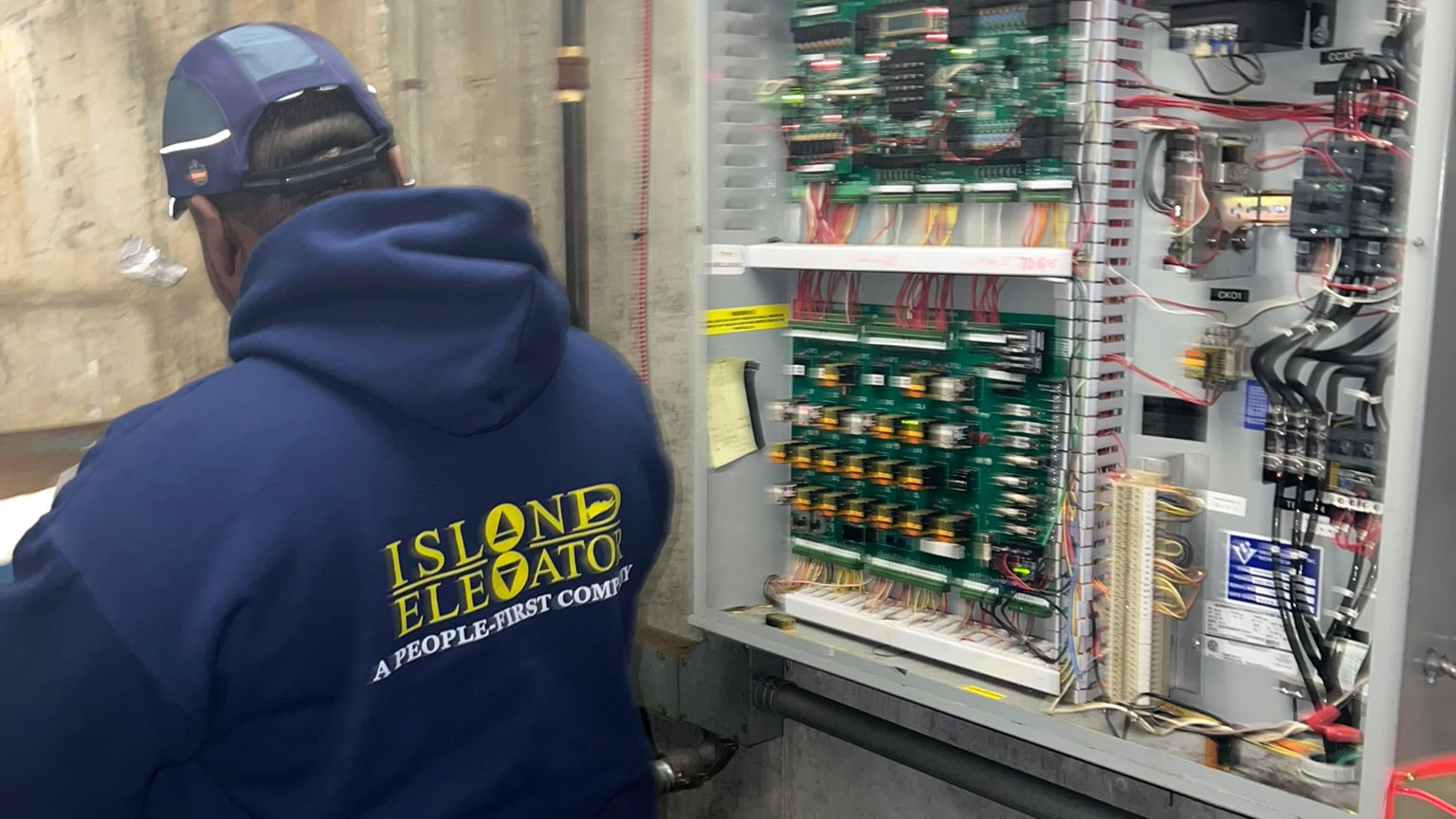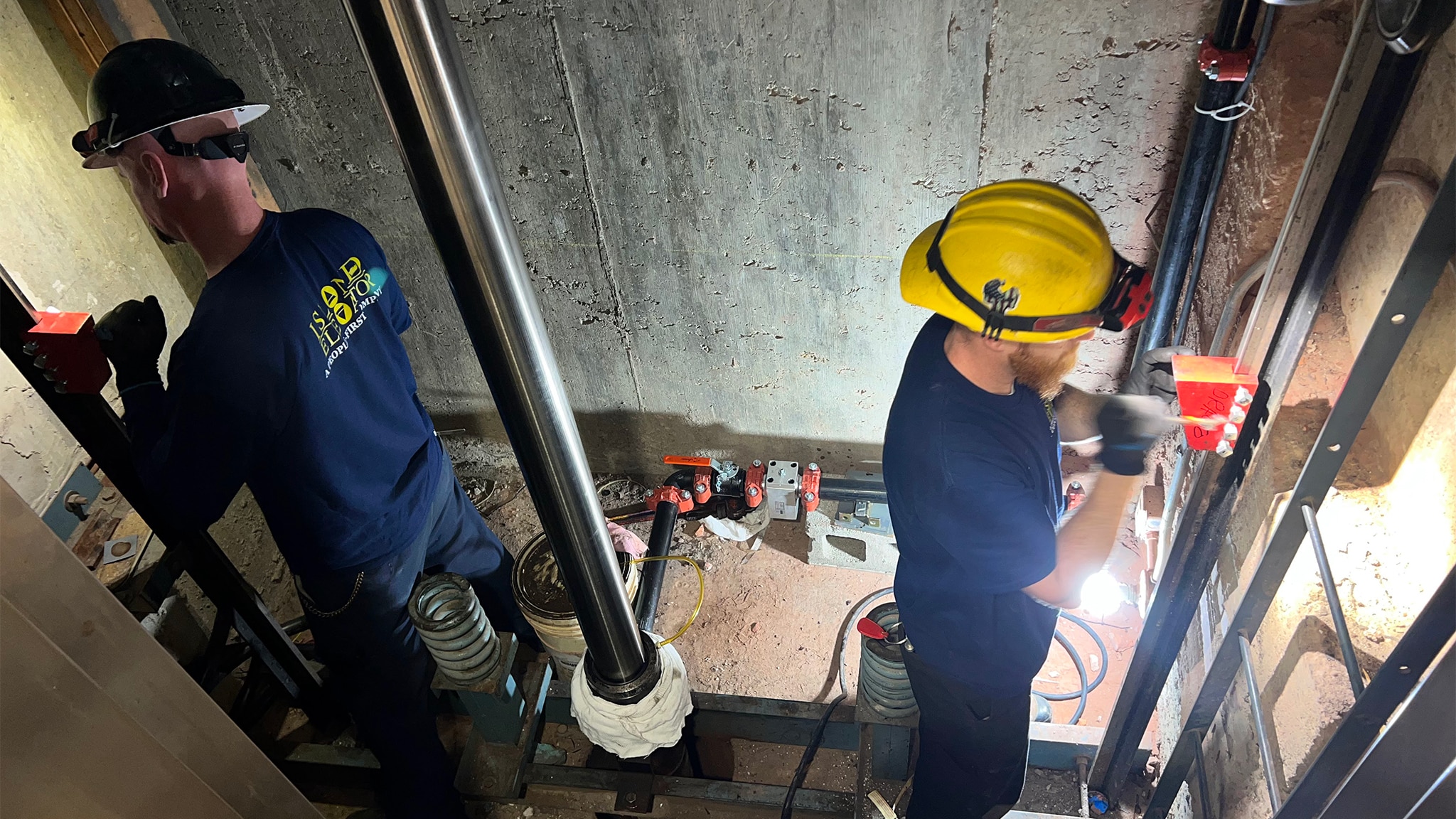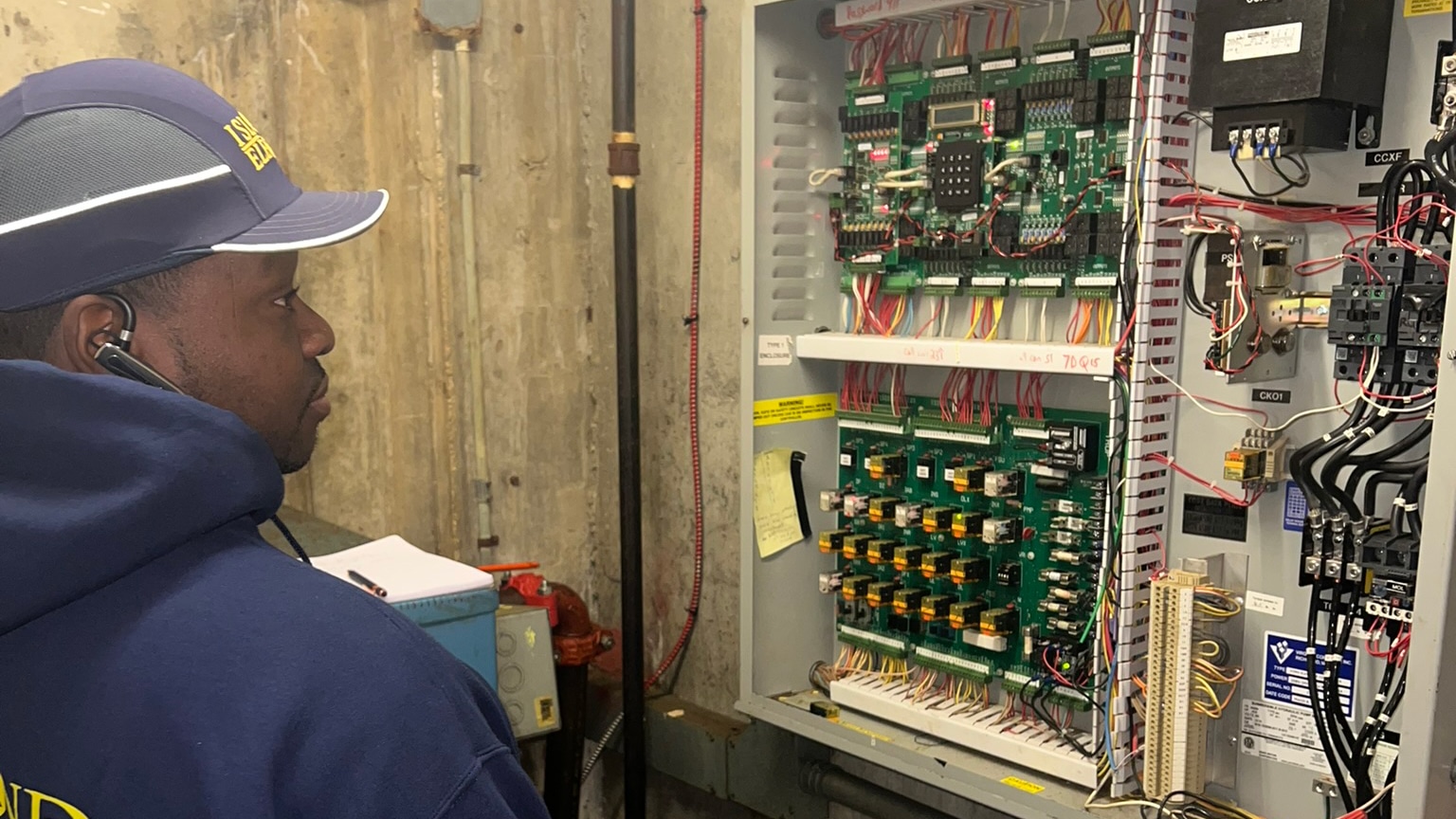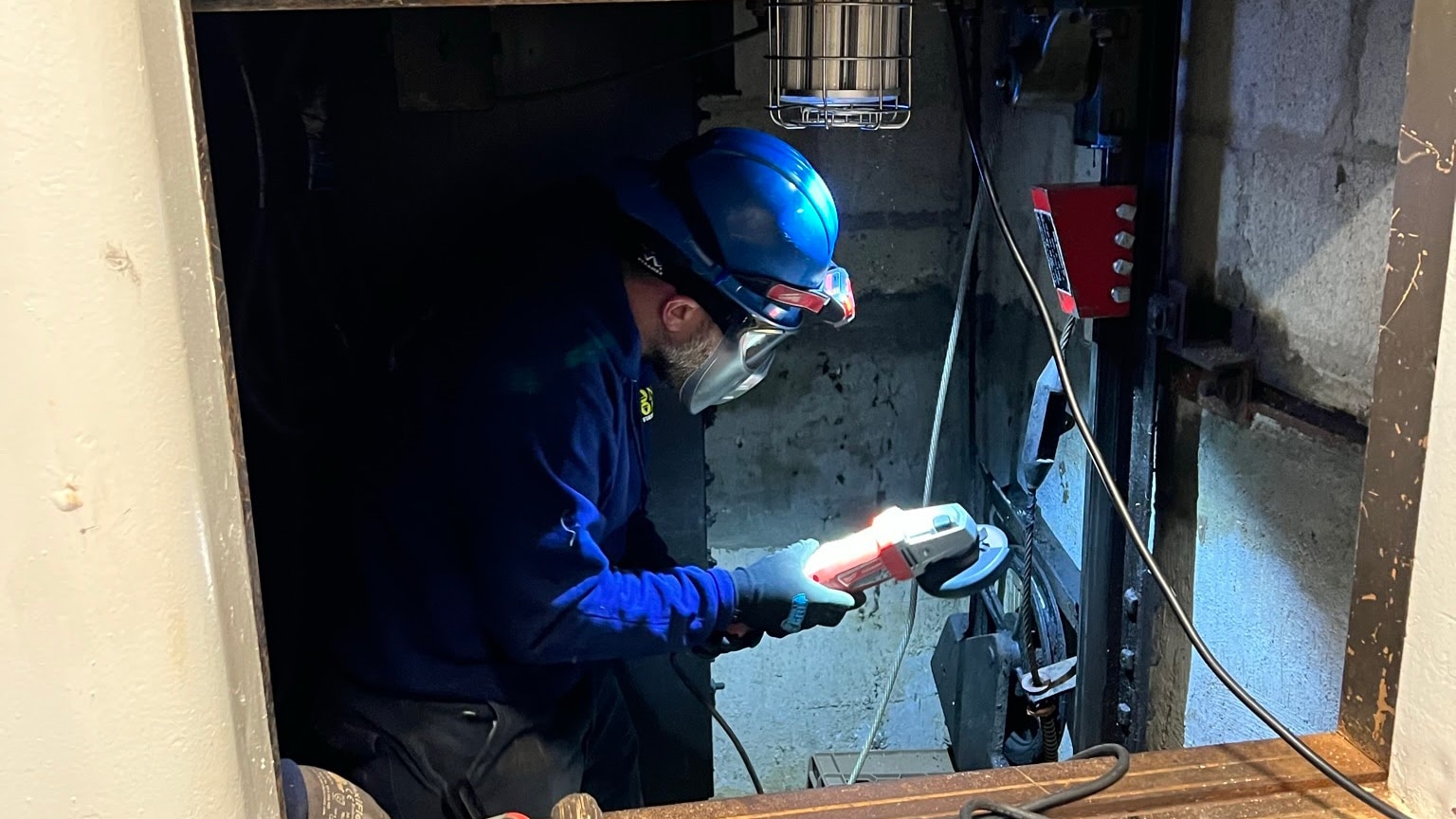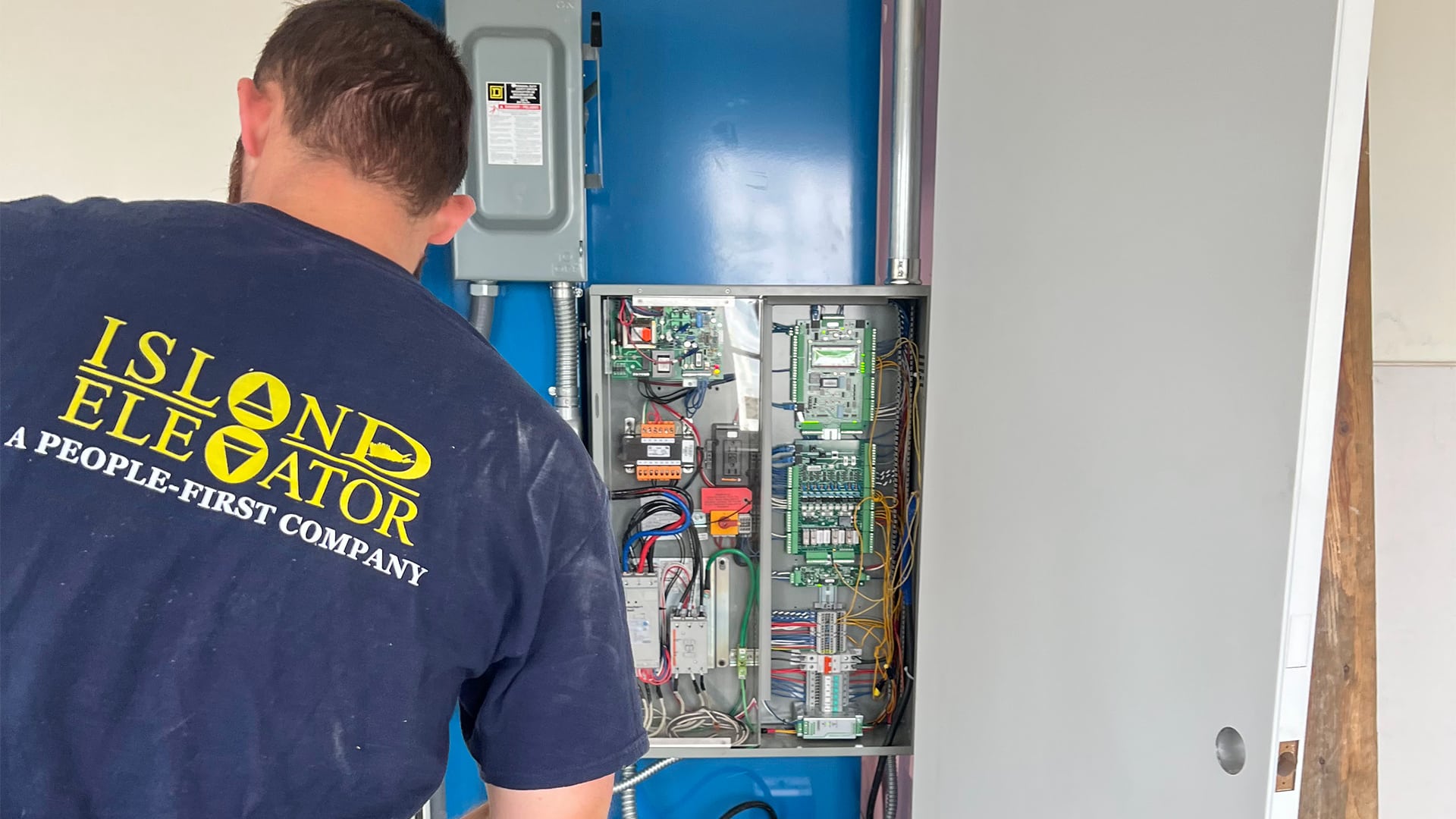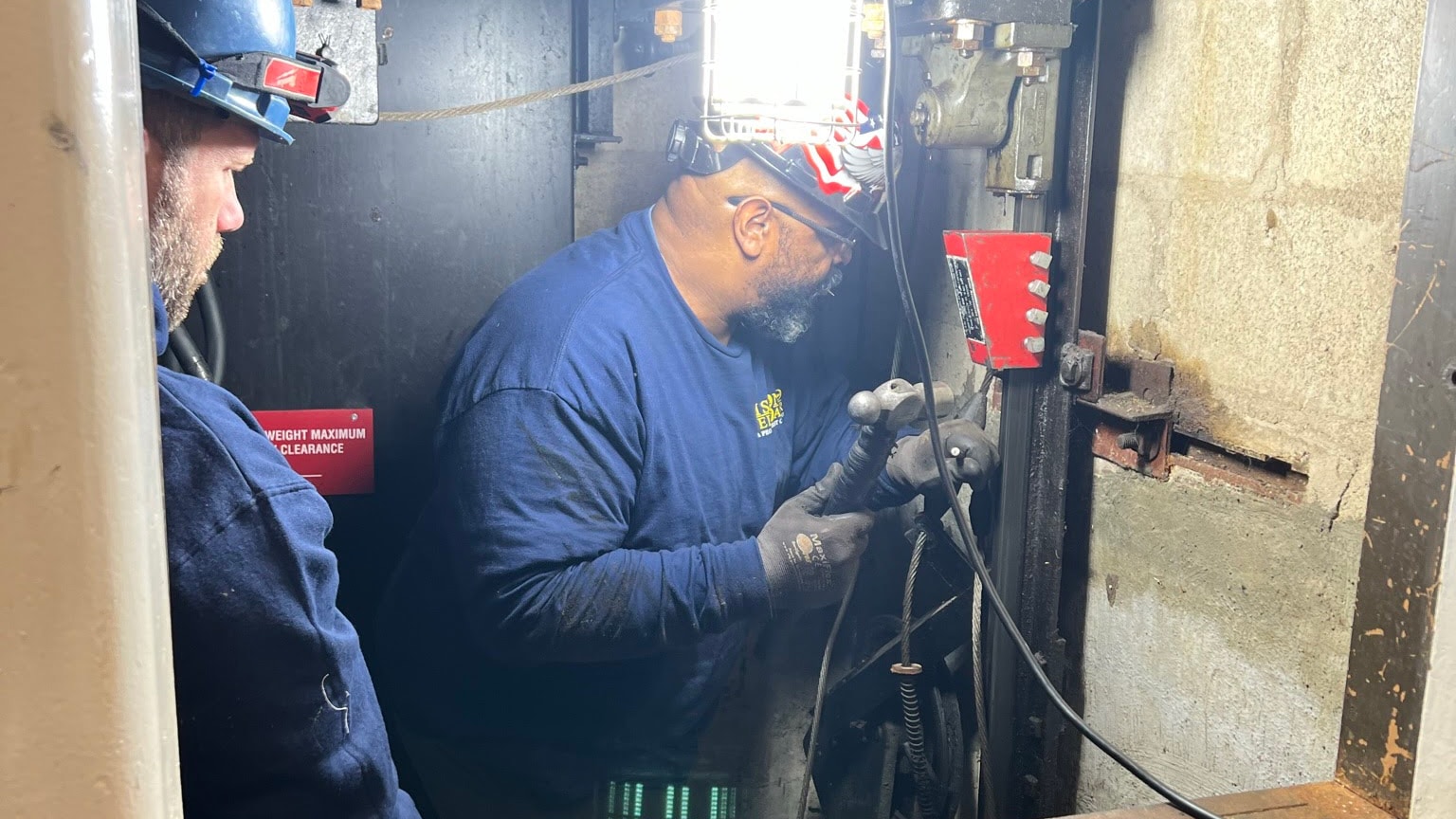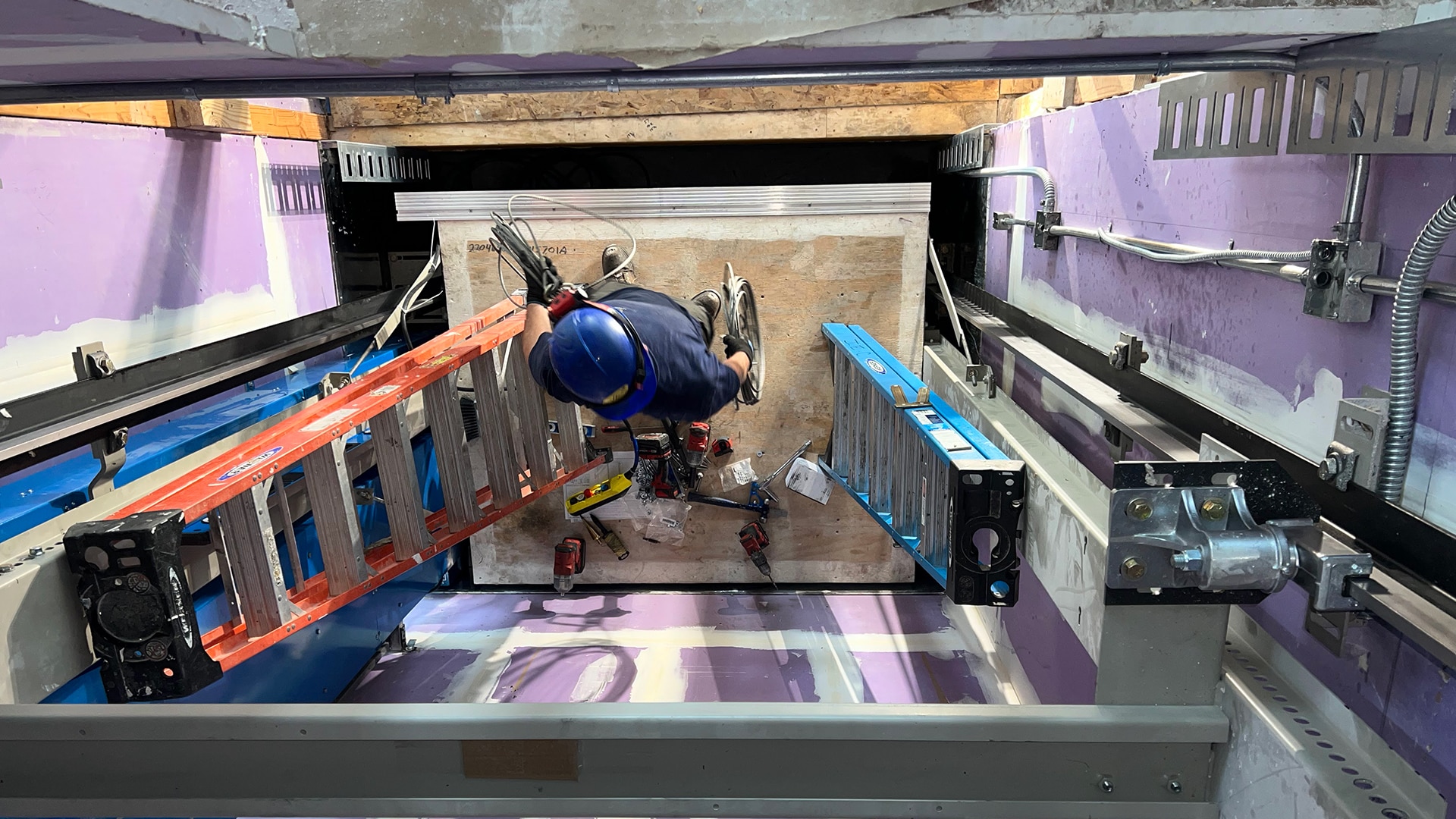When it comes to reliable elevator service on Long Island, Island Elevator has become the trusted choice for both commercial and residential properties. Elevators are essential for daily operations, and keeping them running smoothly requires regular service to prevent unexpected breakdowns and ensure passenger safety. At Island Elevator, we offer comprehensive maintenance and service plans designed to meet your needs.
Why Regular Elevator Service is Essential
Elevators are complex mechanical systems that endure significant wear and tear, especially in high-traffic buildings. Without regular elevator service, minor issues can develop into costly repairs and safety hazards. Routine maintenance not only helps to identify potential problems early but also extends the life of your elevator, ensuring its reliable performance for years to come.
Key Benefits of Our Elevator Service
Increased Safety – Regular elevator service is crucial for preventing malfunctions that could put passengers at risk. Our technicians thoroughly inspect all safety components, including brakes, emergency alarms, and door sensors, to ensure that your elevator meets safety standards.
Extended Equipment Life – Preventative maintenance can greatly extend the lifespan of your elevator. By addressing issues like worn-out parts or oil leaks early on, you avoid costly replacements or upgrades down the line.
Minimized Downtime – A well-serviced elevator is far less likely to experience unexpected breakdowns. This ensures that your tenants, employees, or customers always have reliable access to all floors, minimizing disruptions to your business operations.
Energy Efficiency – Regular elevator service improves the energy efficiency of your system, reducing electricity consumption and lowering your operational costs. Our technicians will ensure that all components are running smoothly and that your elevator is functioning as efficiently as possible.
Code Compliance – Elevator regulations can change over time, and it’s important to stay up to date. Our service team stays informed on the latest code requirements and ensures your system is compliant with all local and national safety standards.
Island Elevator: Your Local Elevator Service Experts
Island Elevator offers customized elevator service plans for both commercial and residential buildings. Whether you operate a busy commercial property or manage a residential complex, our team is here to make sure your elevators are safe, reliable, and running efficiently.
Here’s why businesses and homeowners on Long Island choose Island Elevator:
Personalized Service Plans – We understand that every building has different elevator needs. Our team will work with you to create a tailored service plan that fits your specific requirements and budget.
Experienced Technicians – Our certified technicians have years of experience servicing a wide range of elevator brands and models. From minor adjustments to complete system overhauls, we have the skills to keep your elevator in top condition.
A Reputation for Excellence – Our customers consistently praise our responsiveness, professionalism, and dedication to safety and quality, earning us over 400 five-star reviews on Google. Whether it’s a routine service visit or a complex repair, our team delivers top-tier results every time
Local Expertise – As a Long Island-based company, we’re proud to serve our community. We understand the unique challenges that local building owners face, and we’re always just a phone call away.
Commercial and Residential Elevator Service
Island Elevator provides expert elevator service for both commercial and residential buildings. Whether you manage an office complex, retail space, or apartment building, we have the experience to ensure your elevators remain in optimal condition. Our service plans include regular inspections, adjustments, cleaning, and lubrication of critical components, ensuring your system operates smoothly and safely.
For residential properties, we understand the importance of elevator reliability for homeowners, tenants, and visitors. Our dedicated service team is here to make sure your residential elevator is always in peak condition.
Schedule Your Elevator Service Today
Don’t wait for an emergency to address your elevator’s needs. With Island Elevator’s comprehensive elevator service plans, you can avoid unexpected breakdowns, improve safety, and prolong the lifespan of your system. Whether you own a commercial or residential property on Long Island, NY, our team is ready to provide expert service tailored to your needs.
Contact us today at 631-491-3392 to schedule your elevator service and experience the Island Elevator difference!
